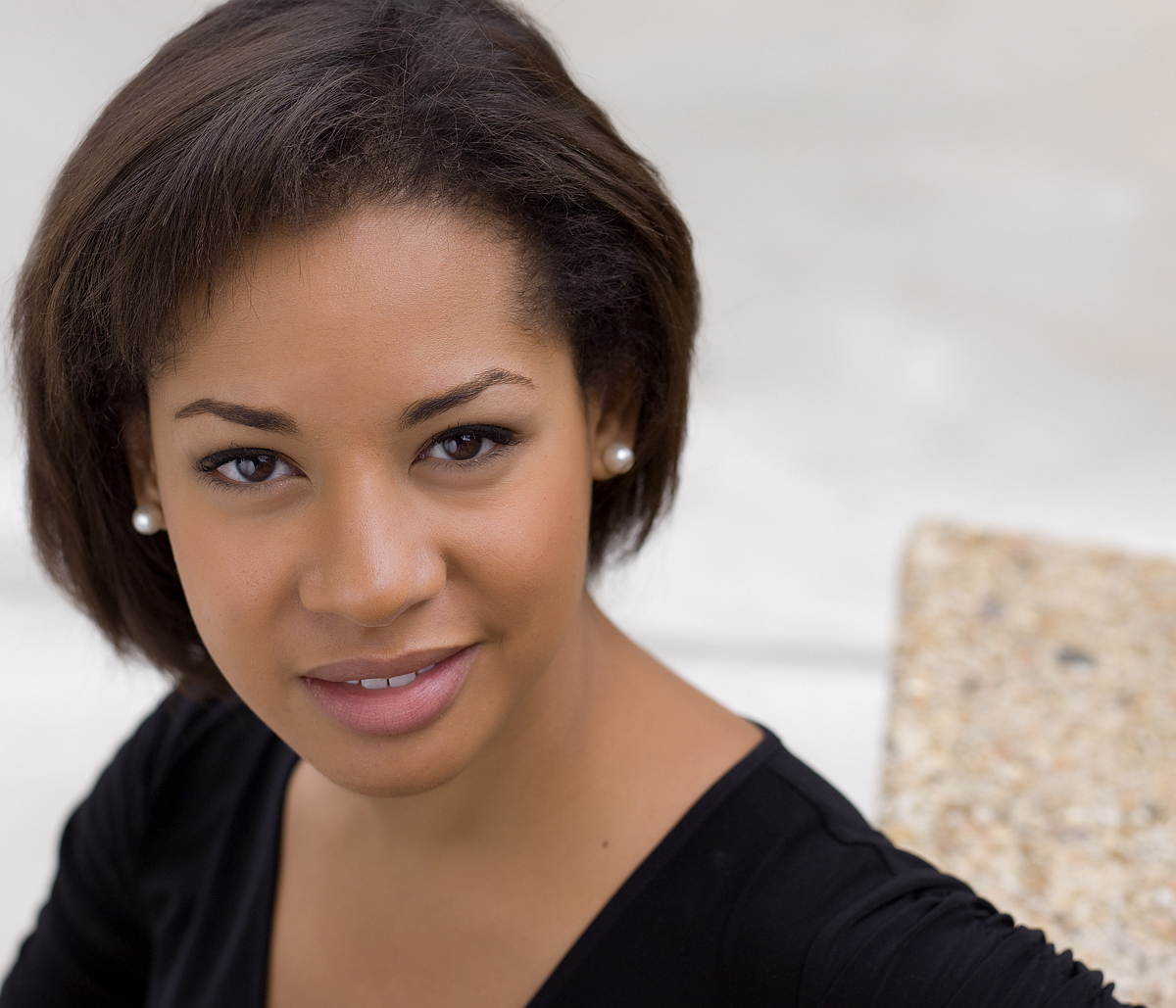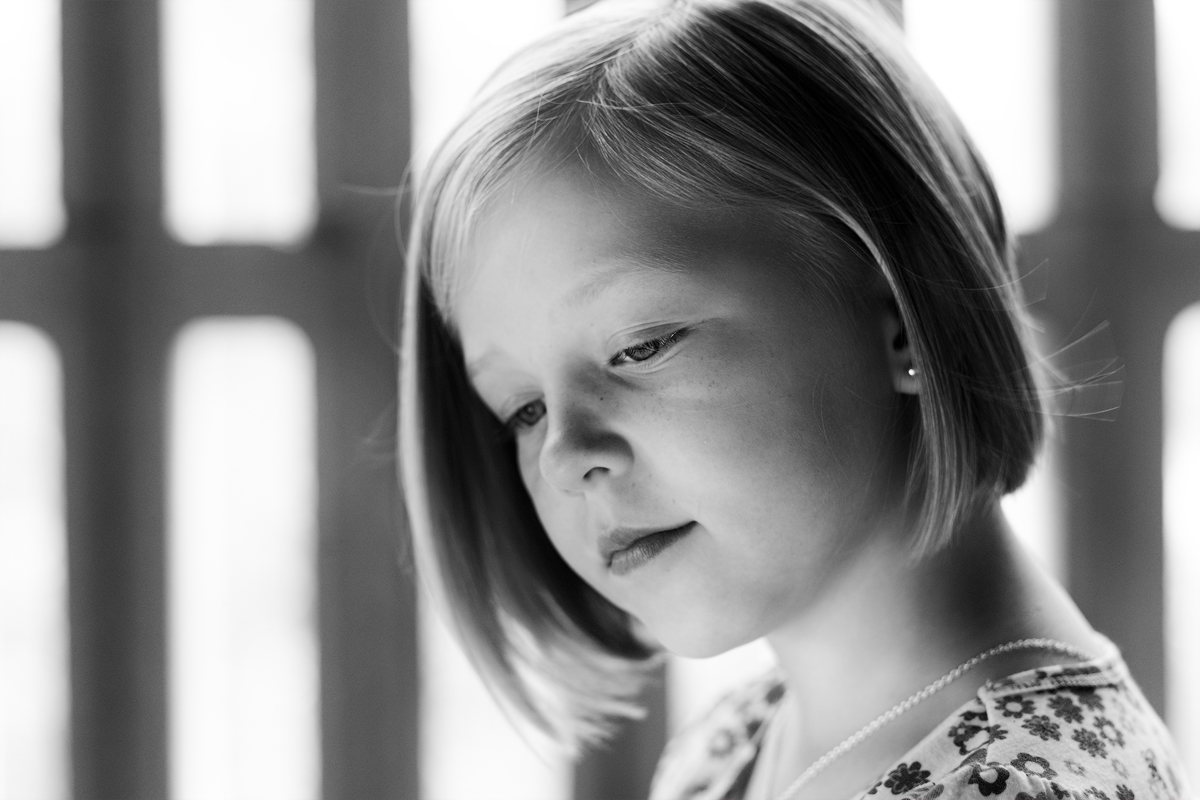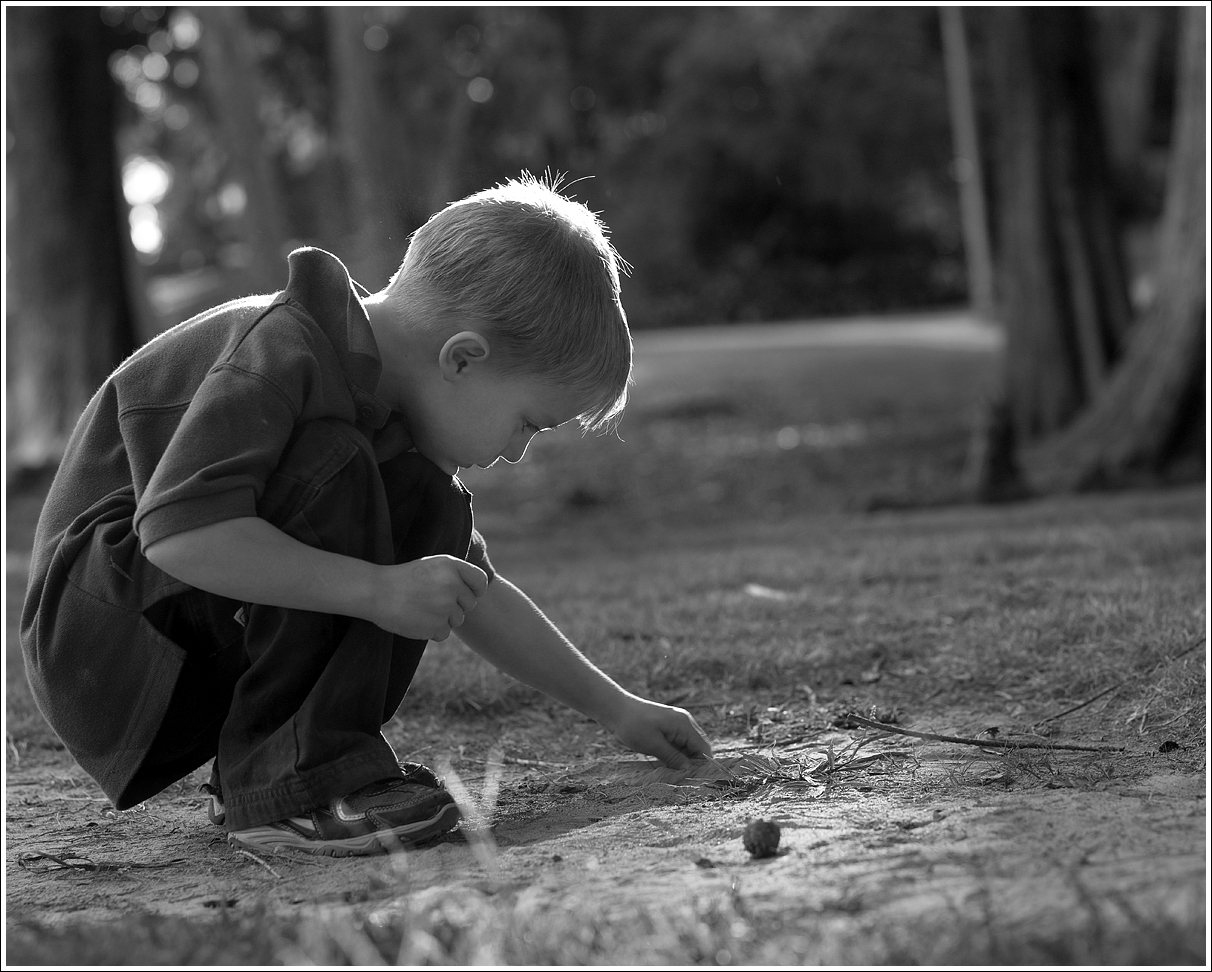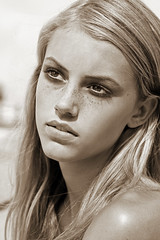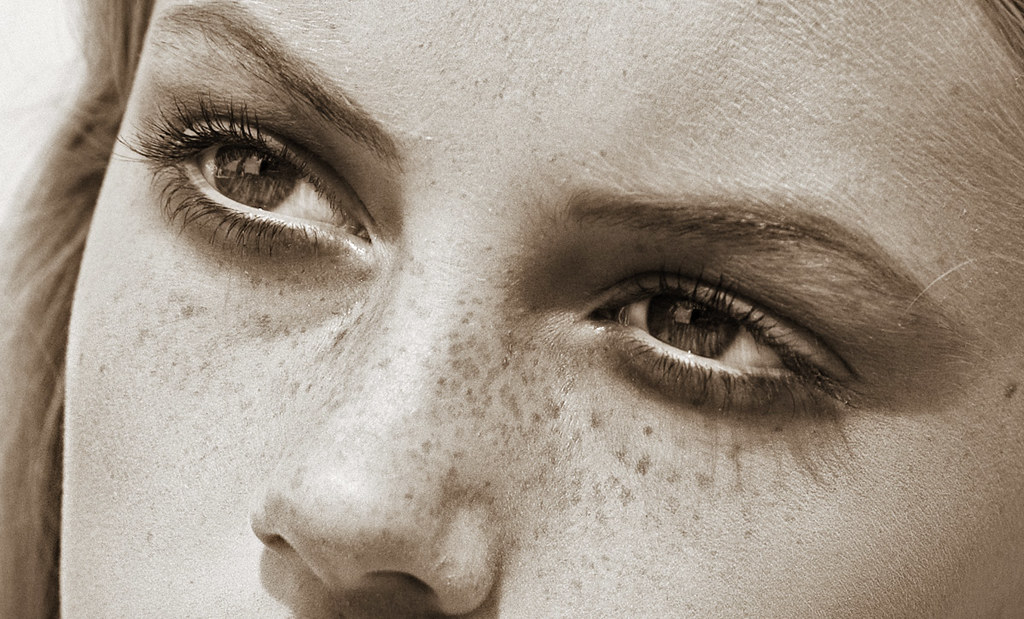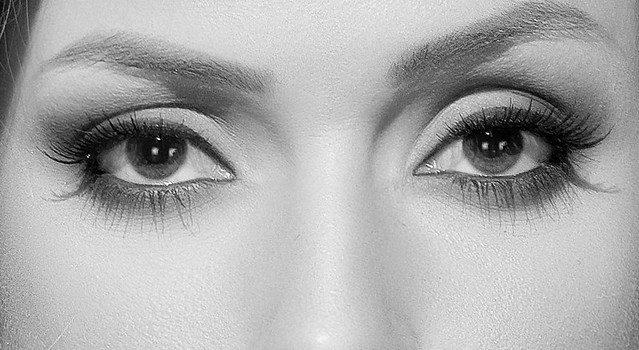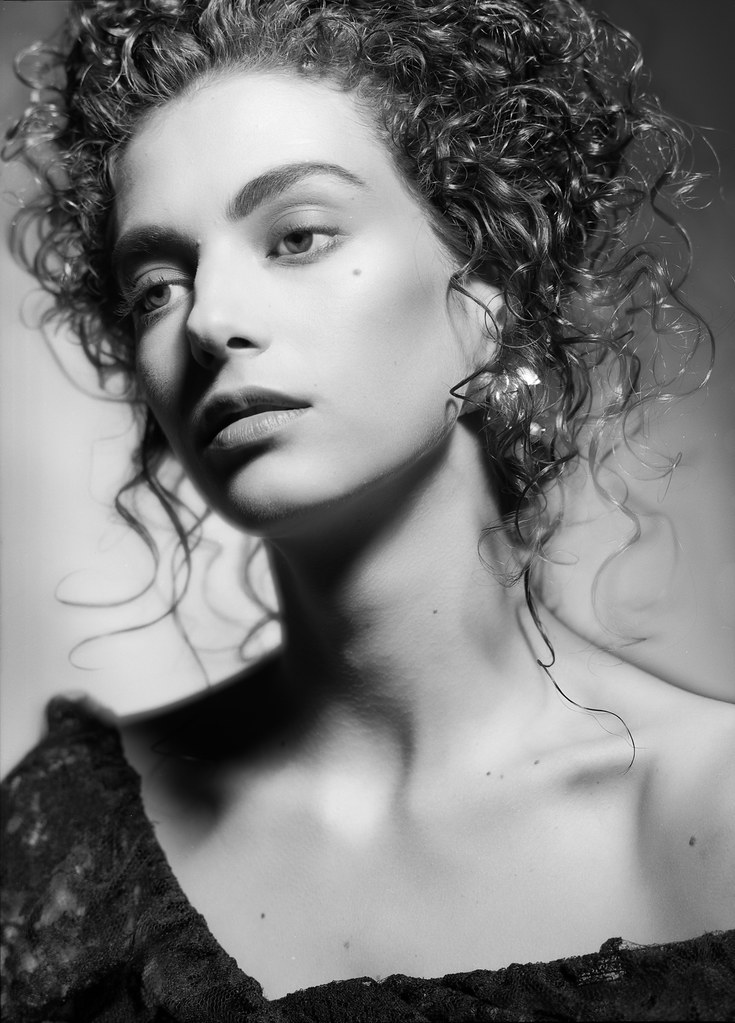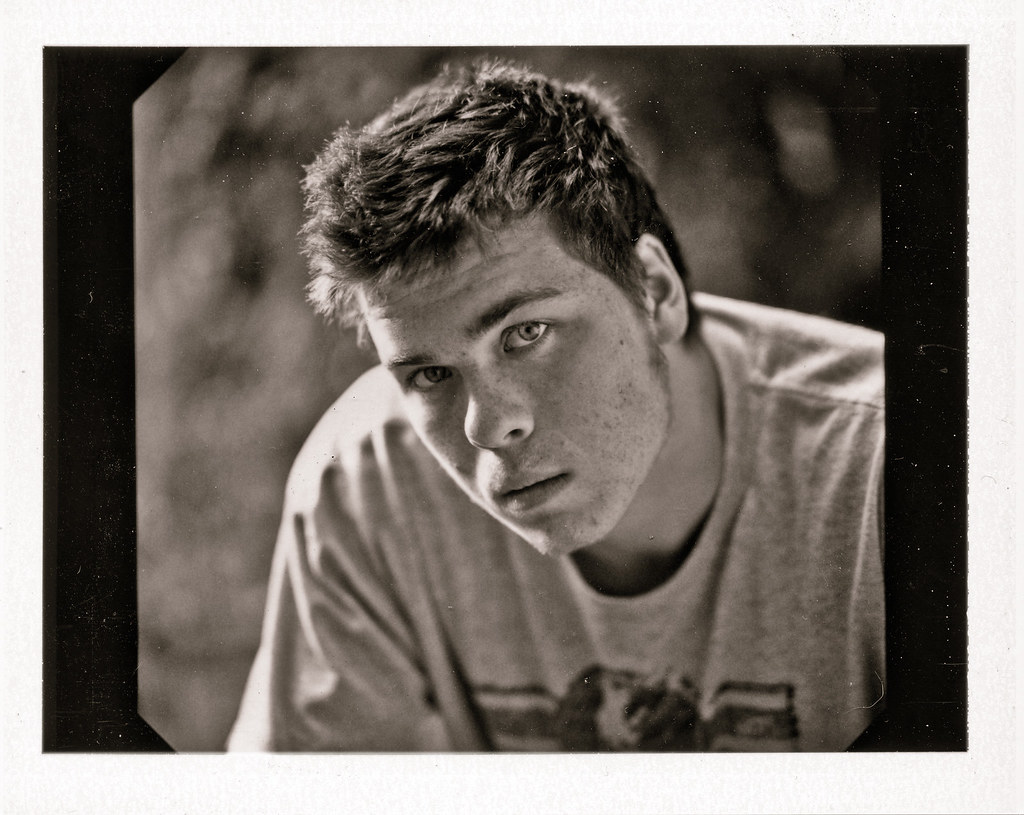This is my first post here.
I've been searching about digital MF a lot lately, trying to make up my mind on stepping up to MF. I'm DSLR user (Canon 5D II) doing mostly product studio photography, so I have zero experience with digital backs.
To get to the point,
I decided on Leaf Aptus II 28, since my budget is limited and I want new equipment, not the used one.
I would really like you to help me with any experience from users of this back. What worries me are two things that I read:
- Extensive moire problem and
- Noiseless pictures only at ISO 50, I hoped not to see noise at least at ISO 100.
Any help appreciated, thanks!
I've been searching about digital MF a lot lately, trying to make up my mind on stepping up to MF. I'm DSLR user (Canon 5D II) doing mostly product studio photography, so I have zero experience with digital backs.
To get to the point,
I decided on Leaf Aptus II 28, since my budget is limited and I want new equipment, not the used one.
I would really like you to help me with any experience from users of this back. What worries me are two things that I read:
- Extensive moire problem and
- Noiseless pictures only at ISO 50, I hoped not to see noise at least at ISO 100.
Any help appreciated, thanks!

